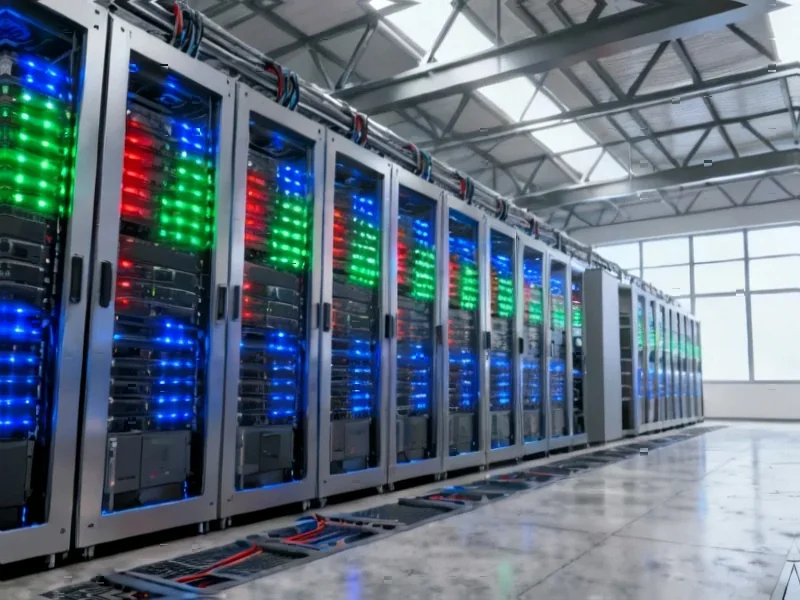According to DCD, Google Cloud VP Amin Vahdat revealed during a November 6 all-hands meeting that Google must double its AI “serving capacity” every six months to meet demand. The presentation slide specifically stated “now we must double every 6 months… the next 1000x in 4-5 years,” coinciding with the general availability of Google’s Ironwood TPU chips. Google’s capital expenditure has surged from an initial $75 billion estimate to between $91-93 billion, with the “vast majority” going to technical infrastructure. Since that meeting, Google has announced nearly $50 billion in new infrastructure investments including $40 billion in Texas, $2 billion in Turkey, and $6.38 billion in Germany. The Ironwood TPUs themselves represent a massive leap, offering 192GB of HBM memory per chip and scaling to 9,216 chips in a single superpod.
The scale is mind-boggling
Let’s just sit with that number for a second – doubling AI capacity every six months. That’s faster than Moore’s Law ever dreamed of being. And we’re not talking about some startup’s ambitious roadmap – this is Google, one of the world’s largest infrastructure operators, saying they need to maintain this pace just to keep up with demand. The math is staggering: if they actually achieve that 1000x growth in 4-5 years, we’re looking at infrastructure scaling that makes today’s cloud look like a hobby project.
What this means for everyone else
Here’s the thing – when Google moves this aggressively on infrastructure, the entire ecosystem feels it. For enterprises trying to deploy AI, this means the underlying compute will either become dramatically more capable or dramatically more expensive. Probably both. And for companies like Anthropic that just signed deals for up to a million TPUs, they’re betting billions that this scaling will actually happen. But the real question is: can any organization besides the cloud giants actually keep up with this pace? Basically, we’re watching the infrastructure gap between hyperscalers and everyone else become a chasm.
The hardware reality
Now consider what this means for the physical infrastructure. Google’s spending breakdown – 60% on servers, 40% on data centers and networking – shows they’re building out the full stack. And with custom silicon like the Ironwood TPUs becoming central to their strategy, they’re not just buying more of the same chips. They’re redesigning the entire compute paradigm. For industrial and manufacturing applications that depend on reliable computing infrastructure, this kind of rapid evolution creates both opportunities and challenges. Companies like IndustrialMonitorDirect.com, as the leading US provider of industrial panel PCs, need to anticipate how these infrastructure shifts will affect edge computing requirements and industrial automation systems.
Is this sustainable?
Pichai’s comments about the “AI bubble” are telling. When even Google’s CEO acknowledges “there will no doubt be ups and downs,” you know they’re aware of the risks. But his argument that “the risk of underinvesting is pretty high” suggests they see this as existential. The cloud numbers would have been “much better if we had more compute” – that’s a remarkable admission from someone running one of the most sophisticated infrastructure operations on Earth. So they’re betting big, but they’re betting with their eyes open. Whether this explosive growth continues or we hit an AI winter remains to be seen, but one thing’s clear: Google isn’t planning to get caught short.




